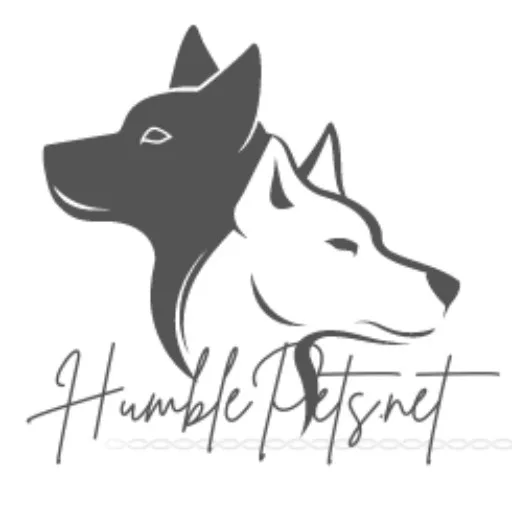Deer are fascinating creatures known for their varied diet, and one food source often associated with their preferences is red clover. In this article, we’ll delve into the question “Do deer like red clover?”, exploring why deer are drawn to this plant and how it impacts their behavior and habitat.
What is Red Clover?
Red clover (Trifolium pratense) is a perennial legume that is commonly found in pastures, meadows, and other open areas. It is characterized by its distinctive reddish-purple flower heads and trifoliate leaves.
Why Do Deer Eat Red Clover?
Nutritional Value:
Red clover provides a wealth of nutrients such as calcium, chromium, magnesium, niacin, phosphorus, potassium, thiamine, and vitamin C. Additionally, it is abundant in isoflavones, compounds that mimic estrogens and are present in various plants.
Palatability:
Red Clover is highly appetizing and can produce three to five tons of forage per acre annually. It thrives in various climates but fares best in fertile, well-drained soils with good moisture retention. Besides its nutritional benefits, deer find red clover particularly appealing because of its tender leaves and sweet flavor. This attractiveness makes it a preferred food choice for deer, even in the presence of alternative forage options.
How Do Deer Benefit from Red Clover?
Improved Health:
The nutrients found in red clover contribute to the overall health and vitality of deer, supporting growth, development, and immune function.
Increased Reproductive Success:
For pregnant and lactating does, red clover can provide essential nutrients necessary for fetal development and milk production, ultimately leading to healthier fawns and increased reproductive success.
Red Clover Planting for Deer Attraction:
Planting and Growing Tips:
Choose high-quality seed and plant in well-drained soil with adequate sunlight. Follow recommended planting depths and spacing guidelines for optimal growth.
Location Considerations:
Select planting locations near established deer trails, bedding areas, or feeding sites to maximize deer visibility and utilization of the red clover patch.
Risks and Challenges:
Side Effects:
No serious side effects have been reported in people taking red clover for up to 1 year. General side effects may include headache, nausea, and rash. However, animals that graze on large amounts of red clover have become infertile.
Overgrazing:
Intensive grazing pressure can lead to overutilization of red clover patches, reducing plant vigor and regrowth potential over time.
Competition with Other Species:
Red clover may face competition from other plant species or invasive weeds, affecting its availability and attractiveness to deer.
Deer Preferences for Red Clover:
Seasonal Variation:
Deer may show increased interest in red clover during certain seasons, such as spring and early summer when the plant is in peak growth and nutritional quality is high.
Environmental Factors:
Environmental conditions, such as temperature, moisture, and soil fertility, can influence deer utilization of red clover patches, impacting their attractiveness to deer.
Interaction with Other Wildlife:
Red clover patches can also attract other wildlife species, such as rabbits, groundhogs, and various bird species, creating a diverse ecosystem within the habitat.
Conclusion:
In conclusion, red clover serves as a valuable food source, offering nutritional benefits and contributing to overall health and reproductive success. By understanding deer preferences and planting considerations, land managers can effectively utilize red clover to attract and support their populations in their area.

